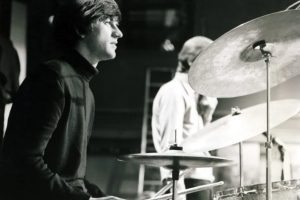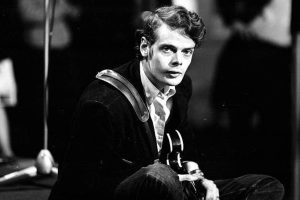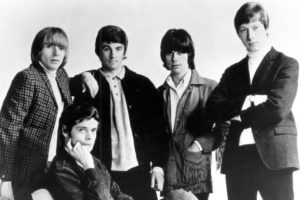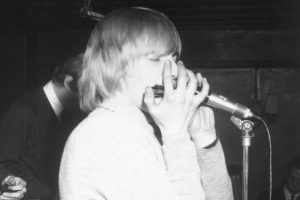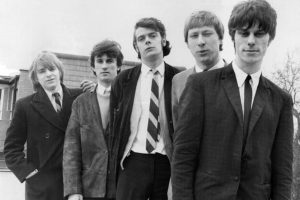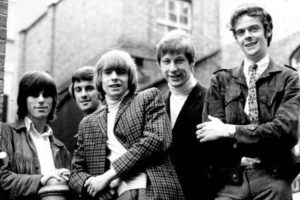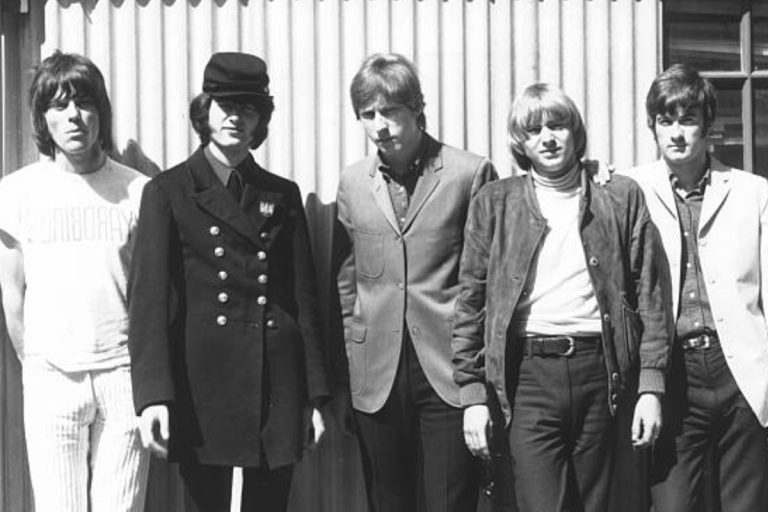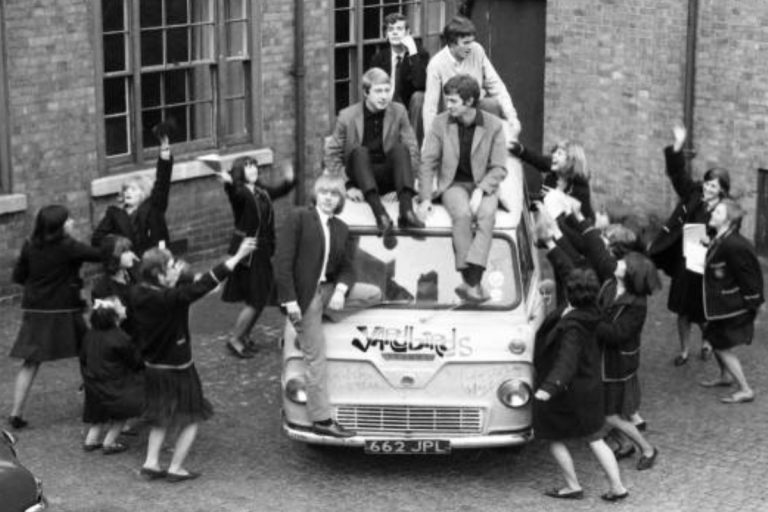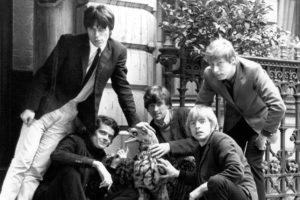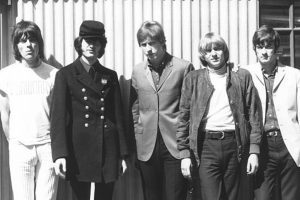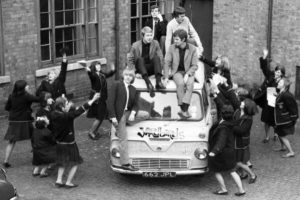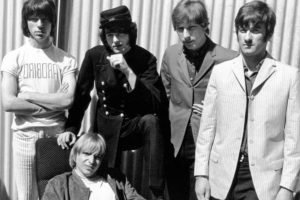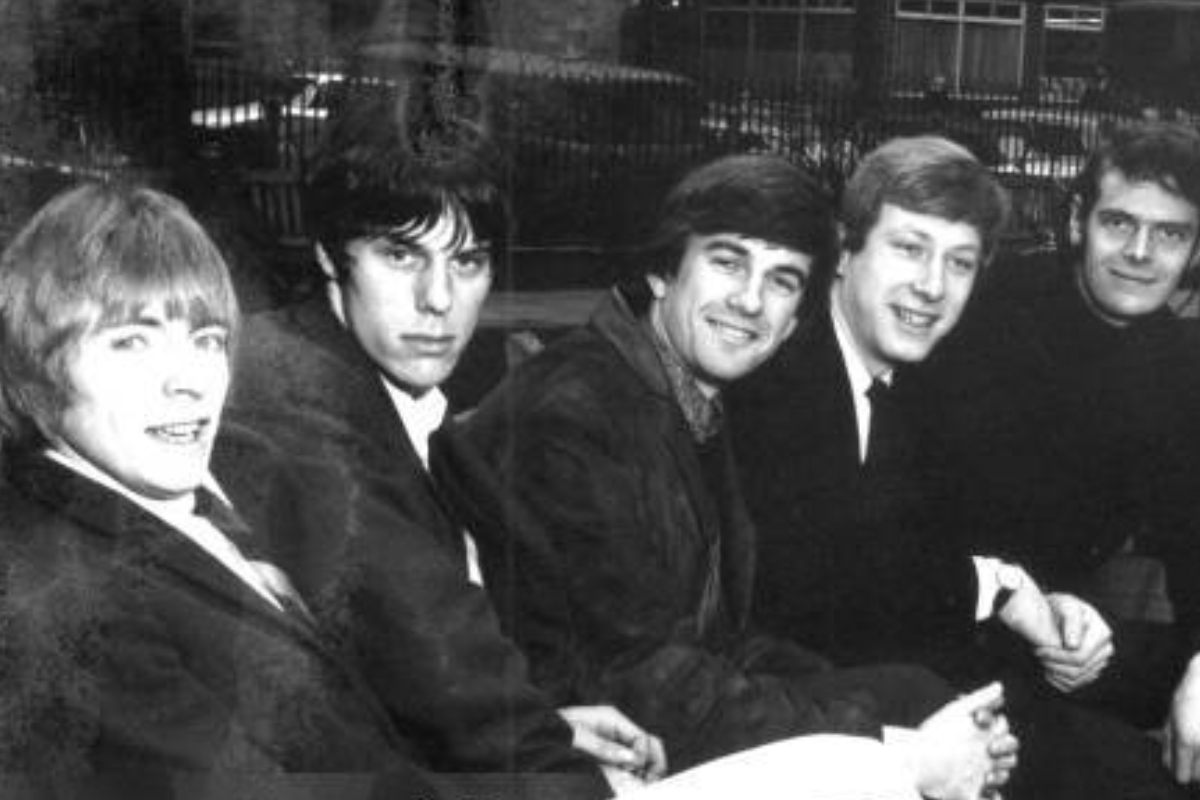
By studying the writing styles of the Yardbirds, it becomes clearer why they remain one of the most influential bands in the history of rock music. It is not only their instrumental skill that left a mark on fans, but also their way of writing lyrics—words that tell stories, express, and depict various emotions and ideas. Analyzing their writing styles is important for listeners, writers, and even music followers who want to understand how a song comes alive through meaningful words.
General Characteristics of the Yardbirds’ Lyrics
The Yardbirds’ lyrics are a blend of blues, rock, and folk that contain stories about love, personal feelings, and sometimes mysterious imagery reflecting the 1960s era. Often, their words are simple but filled with emotion. This is why their songs are easy for listeners to relate to.
In the band’s early stages, the lyrics were generally straightforward, focusing on common themes like love and youth life. But as time passed, the band began experimenting with more abstract and poetic ways of writing. Songs started to use metaphors and symbolism, adding depth and inviting reflection from the listeners.
Metaphors and Imagery: Creative and Thoughtful Writing
One standout aspect of the Yardbirds’ writing style is their use of vivid imagery and metaphors. Instead of directly stating feelings, they often convey them through symbols and pictures.
For example, in the song “Shapes of Things,” images are used to illustrate the idea of social change. The lyrics are not just sentences but like paintings showing movement and emotion. In “For Your Love,” intense longing is visible through words that seem to imply sacrifice for love.
Besides these, their lyrics also employ irony or contradictions that provoke deeper thought. Through metaphors, their songs become more poetic and layered—not just simple stories but hints that listeners can explore repeatedly.
Using this style not only beautifies the songs but also provides broader interpretations. Each song becomes a personal experience depending on how the listener understands it. That is why the Yardbirds’ lyrics remain alive and meaningful even decades after their first performances.
Themes in Their Songs: Love, Freedom, and Mystery
One of the main themes in the Yardbirds’ writing styles is love—in its various forms. Some songs depict joy and excitement, while others show doubt and heartbreak. Their lyrics are not always happy or sad; they reflect the real human experience of love.
Aside from that, there are songs that talk about freedom, the desire for change, and personal journeys. This was especially true in the 1960s, when many longed for greater rights and more open-mindedness.
Another element of their writing style is the inclusion of mystery and surreal themes. During the psychedelic era, the lyrics had a unique blend of reality and fantasy, creating a distinct mood in their music.
Emotion and Personal Experience
Another reason why the Yardbirds’ writing styles are effective is because they are full of genuine emotion and personal experience. Even if some songs seem to have ordinary themes, sincerity and honesty are felt in every line.
For example, many songs convey sadness, disappointment, or even hope. Because of this, the songs establish a strong connection with listeners, especially those who have experienced similar feelings.
Not only the songwriters but also the listeners become part of the story, so each song feels like a personal diary open to everyone.
Contributions of Band Members to Their Writing Styles
It is undeniable how much influence each Yardbirds member had on their writing styles. Each brought their unique approach to writing, which built the band’s distinct character.
Eric Clapton was known for his deep roots in the blues. The lyrics he contributed were simple but full of feeling and stories from experience. His style reflects the raw and genuine emotion coming from the heart of blues, making it easy for listeners to relate.
Jeff Beck, on the other hand, brought a more experimental and poetic style. His writing approach was imaginative and sometimes abstract, paving the way for songs that were not just ordinary but more artistic and full of symbolism. Through him, the Yardbirds’ writing styles expanded into a more creative direction.
Jimmy Page, meanwhile, brought mysticism and deep storytelling. He introduced symbols and stories that gave the songs an epic feel and timeless meaning. His style added a sense of mystery and art that highlighted the band’s lyrics.
The unique combination of these three was the reason why the Yardbirds’ writing styles became special and unforgettable. Each member contributed a piece of themselves, resulting in an artistic and meaningful collection of songs admired by many generations.
Evolution of Writing Styles Through Different Phases of the Band
The Yardbirds’ writing styles changed as their career progressed. In the early songs, the lyrics were simple and easy to understand, fitting themes of love and youth.
In the middle period, they started experimenting with new genres and themes, making their words more creative and complex. Psychedelic elements entered, giving their songs a distinct flavor.
In the later part of their career, their writing became more poetic and reflective. Songs had deeper themes, showing the members’ growth and thought as artists.
Examples of Important Songs and Their Writing Styles
Looking at the song “Heart Full of Soul,” you can immediately see the clear use of metaphor to express the complex feelings of confusion in love. Although the lines are simple, listeners can feel the pain, loneliness, and doubt often experienced in relationships. Through its creative words, the song becomes more personal and relatable.
“Over Under Sideways Down” features a livelier and playful writing style. It’s full of slang and fast lines that show the youthful energy and joy of the band in the 1960s. It’s like a mirror of their generation—full of freedom, fun, and the desire to make the most of every moment.
Meanwhile, “Train Kept A-Rollin’” is a classic blues-rock anthem with straightforward and energetic writing. The lyrics suggest the fast pace of life and the excitement brought by travel, whether literal or symbolic. This song brings to life the thrill and adrenaline that became the Yardbirds’ trademark in their live performances.
These three songs demonstrate the wide and varied writing styles of the Yardbirds—from deep emotion to the joy and power they show in every song.
The Impact of the Yardbirds’ Writing Styles on Music
The Yardbirds’ significance was not only in their sound but also in their way of writing lyrics. Their writing styles played a major role in shaping the rock and blues music we know today. Many bands and artists who followed were inspired and influenced by their style, leading to a deeper appreciation of the importance of words in songs.
One of the Yardbirds’ unique contributions was their ability to combine emotion, simple words, and deep themes in their lyrics. They did not use words just as decoration for music but as an essential way to convey stories and feelings. Because of this, they showed that lyrics have their own life that can add a new dimension to music.
As a result, the door opened for more creative songwriting for future generations. The Yardbirds’ style allowed musicians to value each word’s importance, not just melody or rhythm. That’s why even today, they are still recognized as one of the first bands that gave life and depth to writing styles in rock.
The Heart of Their Art
In every Yardbirds song, you can feel the heart of those who created it. Their writing styles are not just about words but about bringing words to life. In every line, there is a story of a time, of feelings, and of people who fought and loved.
Understanding their writing opens the way to appreciate their legacy more deeply. They were not just a band; they were storytellers who left a mark on music and culture.
